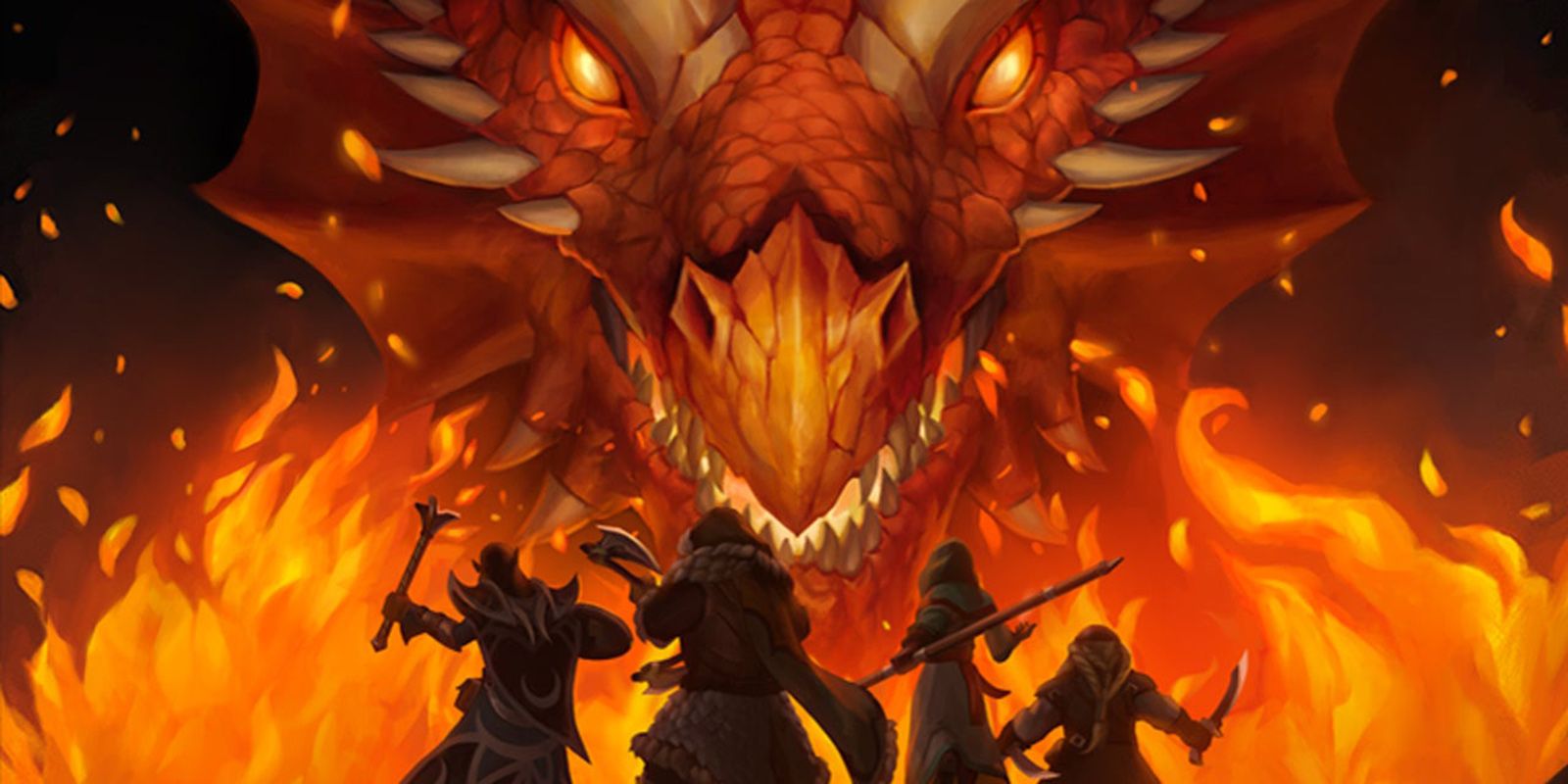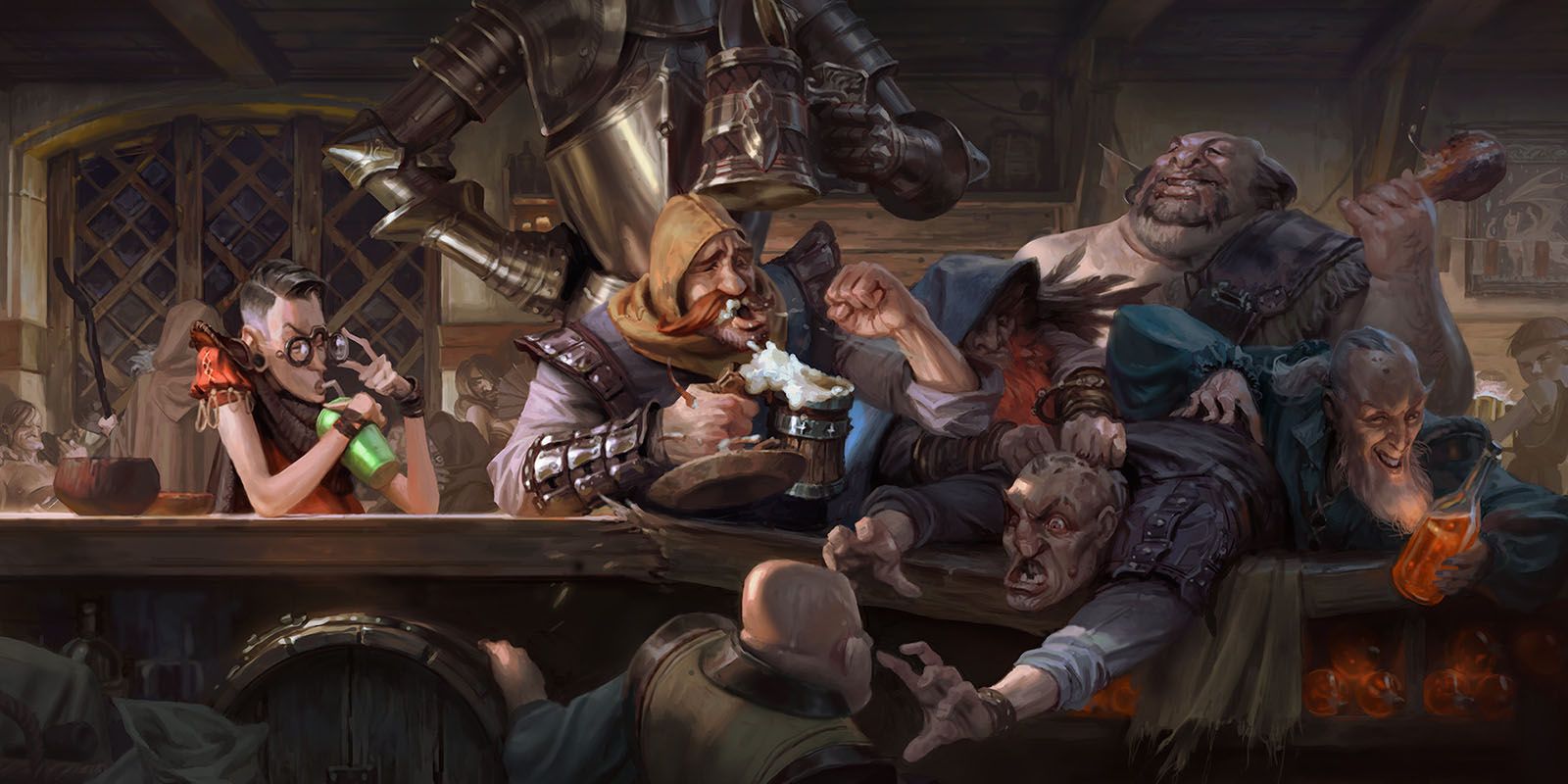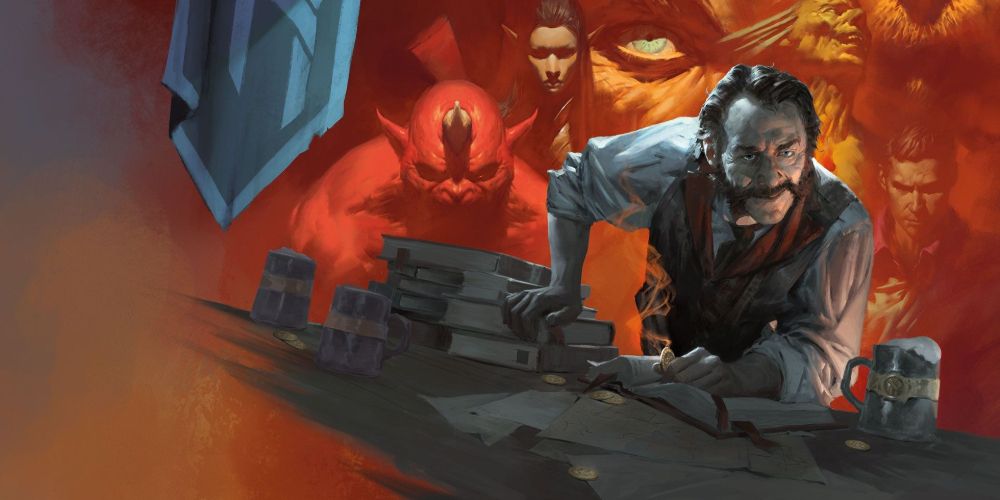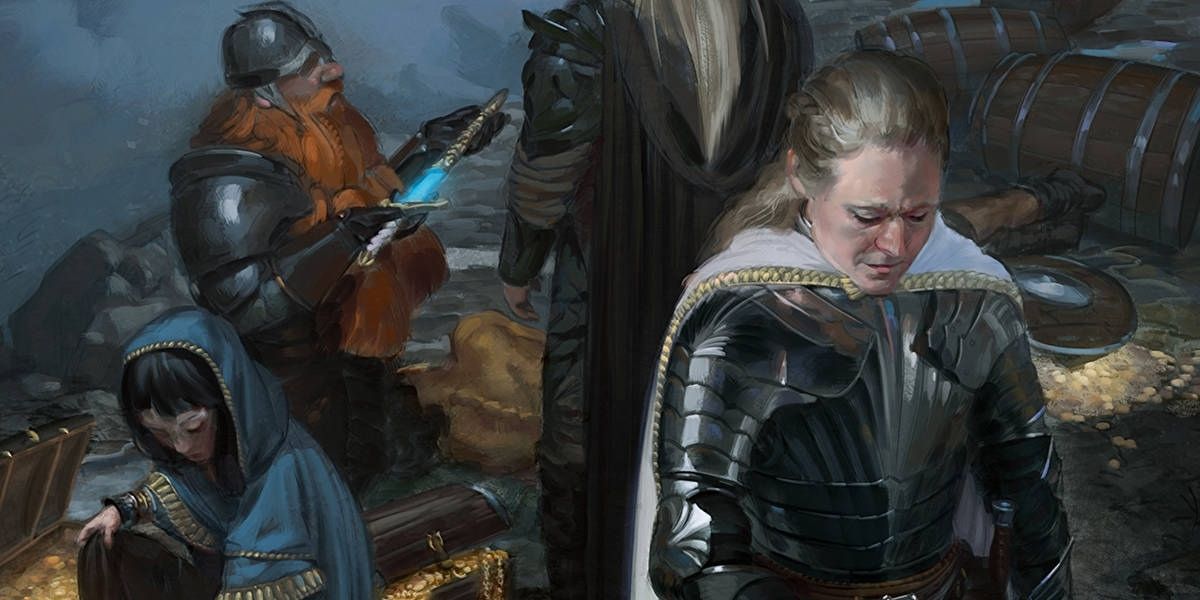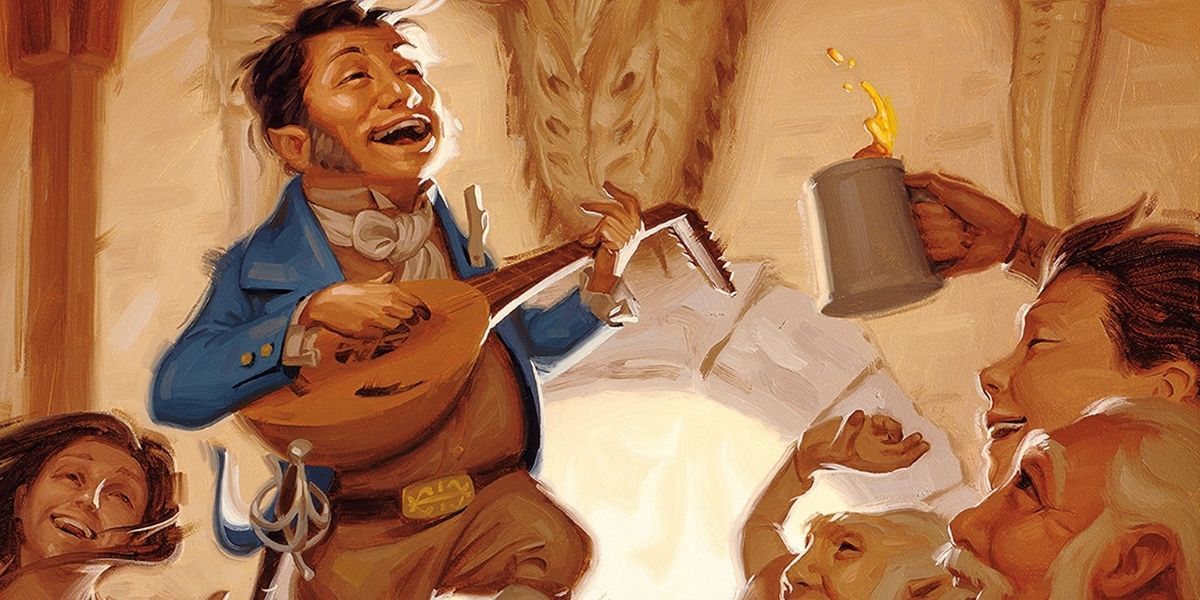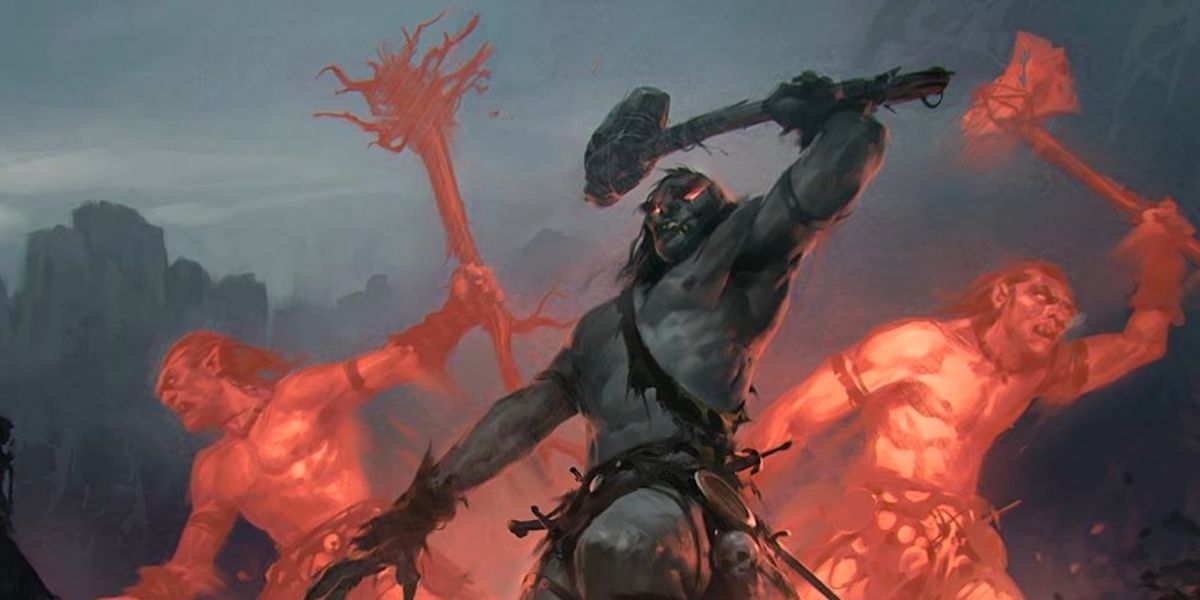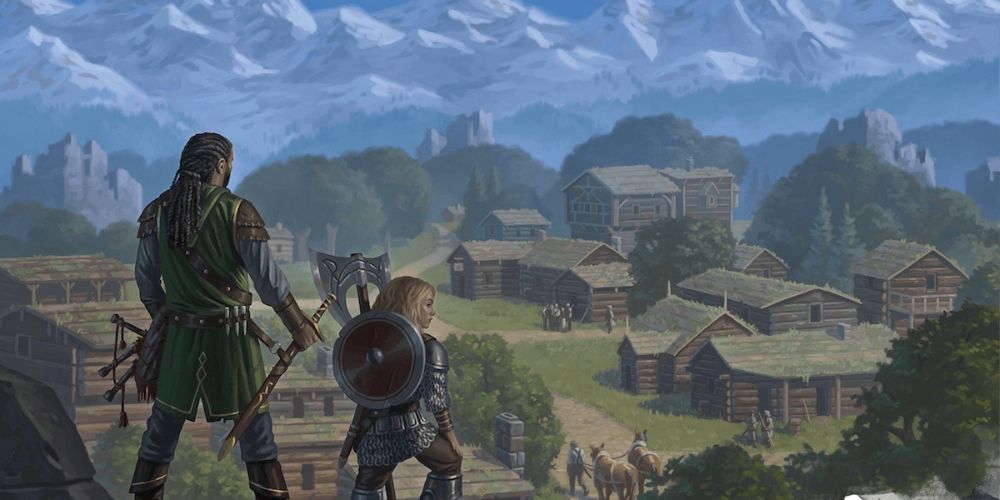It’s been confirmed that a Dungeons & Dragons TV series is in the works, and the timing makes perfect sense. The game has only grown in popularity, particularly through the use of 3rd-party digital platforms, as well as has D&D-related media as evidenced by the massive success of Critical Role and its Kickstarter campaign to adapt the podcast into a full-fledged animated series.
Questions abound regarding the Dungeons & Dragons TV series, however. Will it be about the actual act of playing the classic tabletop game, or will it be a fantasy story set in the type of world that countless players have journeyed through? Will it adapt existing campaigns that are available in the literature provided for the game, or will the series be its own thing while perhaps make homages to the provided lore? While we can’t be sure yet, here are some things veteran D&D players may have to look forward to appearing in the new series.
Meeting In A Tavern
Every campaign in Dungeons & Dragons has to set up some way for the player characters to meet. From there, the motley crew of unlikely adventurers find themselves working together to conquer whatever obstacles the dungeon master has set before them. The classic way to get the characters to meet up is by having them meet at a tavern. While a creative dungeon master might try to go a more unconventional route, the beginning of a D&D TV series might work best if it starts by going back to the basics.
The tavern works well as an opener because it gives viewers the opportunity to really learn about this cast of characters they’re going to follow around. If they’re in the tavern being hired for a job (as many campaigns start), how do they handle business matters? The person recruiting them may want to know a bit about the people they’re hiring, providing the opportunity for the characters to offer up a little bit of backstory. Do they get drunk at the tavern? Do they have to deal with some raucous patrons? There are plenty of opportunities for the characters to make their personalities known.
Clash of the Alignments
In Dungeons & Dragons, characters have alignments that basically help to pinpoint their sense of morality. There are 2 axes to place the character on, one being “lawful, neutral, and chaotic” and the other being “good, neutral, and evil.” While these used to be rigid in older editions of the game, these are now more considered guidelines for how the player should respond to situations if they want to be consistent with the character they are roleplaying. If a chaotic evil character finds themselves partied up with a lawful good character, there’s bound to be some friction.
Generally, it doesn’t make sense for a good and evil character to find themselves in the same party, but a D&D show might find a way to add drama to the show. Perhaps an evil character finds themselves grouped up with a squad of goody-two-shoes out of necessity for survival. Perhaps a well-meaning adventurer realizes they’ve mistakenly aligned themselves with a band of ne’er-do-wells. It makes sense for a group of adventurers to find themselves not always seeing eye-to-eye, particularly in how to handle life-or-death situations where the fate of the realm may or may not hang in the balance.
Don’t Split the Party
Generally, it is a bad idea to split the party. This applies as well to D&D as it does horror stories or episodes of Scooby-Doo. Splitting the party may result in a TPK, or a “total party kill”, which is bad.
It would be unrealistic if, in the show, the characters just stood shoulder-to-shoulder all the time, but it’s also likely that they won’t want to stray to far from one another. A well-balanced group will be able use the various members’ abilities to aid each other. Perhaps something has separated the members of the group from one another. Suddenly, the stakes have risen and there’s an enhanced sense of danger. If this is the type of show where anybody could die, the adventurers may never get the opportunity to regroup.
Bardic Inspiration
The bard is a class of character that often struggles to be useful in combat situations. They’re generally sweet talkers who can help the party in moments of negotiation or social engineering. However, when the gloves come off and it’s do-or-die, players of the bard class have often found themselves twiddling their thumbs.
In the show, the bard is a likely opportunity for a fan-favorite character. A bard’s whole thing is being likable, talented, and charismatic. However, the general conceit of the bard is that, through their instrument, they are able to harness magic to buff their allies and help restrain their foes. In a show full of magic, elves, and dragons, it would be a lot of fun to watch a group of heroes kick butt even better through the power of a trippy Jimi Hendrix guitar solo.
Monster Mash
There are generally two sides to gameplay in Dungeons & Dragons. There’s the exploration side where players interact with the world around them, and then there’s the combat side where players have to roll for turn order and each round is representative of 6 seconds in time. For combat to remain interesting, it makes sense that the compendium of potential combatants for players to go up against is rather expansive.
A D&D TV show would no doubt want to include monsters from the game, both because all the hard work of creating inventive monsters is done for them, but also as a shout-out to longtime players of the game. It would be genuinely surprising if some fan favorites didn’t find their way into the show, such as kobolds, who are a race of small lizard people that may sometimes be friendly. An obligatory inclusion would also have to be beholders, giant floating cyclops heads with 10 extra eyestalks that are capable of some terrifying magic. It also just wouldn’t feel like a Dungeons & Dragons show without the appearance of an enormous gelatinous cube, which is pretty much exactly what it sounds like.
Scheduling Conflicts?
The hardest part of any long-running Dungeons & Dragons campaign is finding a time where everybody is able to devote several hours to playing a tabletop game. Work and real-life responsibilities just get in the way of saving fictional realms far too often.
If the show is ever trying to find an ending, an easy out is the characters’ players having difficulty finding a time when they’re all free, though virtual tabletops have helped alleviate this a little by taking out the necessity of making a trip to somebody's house. Maybe the group of adults all grow apart as life leaves them with less time to enjoy the hobbies they love, weighing them down with responsibilities like work and raising a family. Sure, it’d be a downer of an ending and would be an anti-climactic conclusion to the high fantasy hijinks, but it’s a scene that would ring true for any D&D player that has played long enough to lose a party not to a TPK, but to the sands of time and a 9-5 work schedule.

